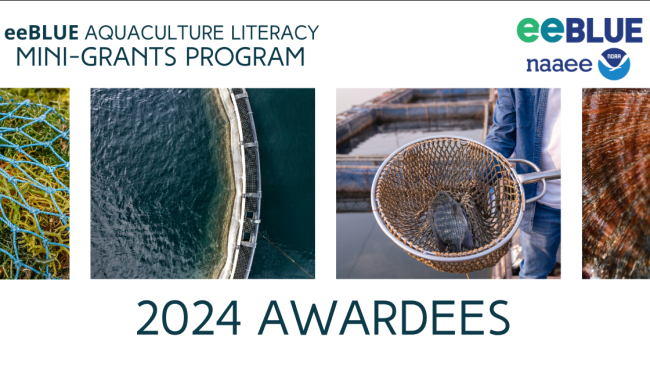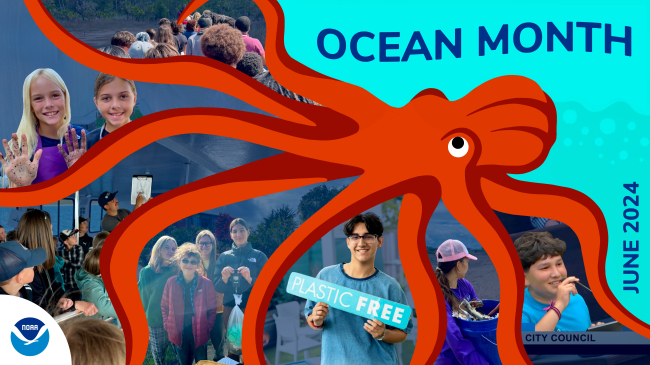With funding from NOAA Planet Stewards, Spencer Cody, a teacher in Roscoe, South Dakota, challenged his students to learn about carbon’s role in our climate and reduce their carbon footprint along the way. But in the spring of 2020, Cody, like so many other educators, suddenly found himself navigating school closures and other challenges set off by the COVID-19 pandemic. As the 2020-2021 school year progressed, however, he and his students managed to find a creative solution that allowed them to not only meet, but also far exceed their carbon emission reduction targets.
Students in Spencer Cody's class weigh items they intend to recycle to calculate their impact on atmospheric carbon. This photo was taken in March 2020, shortly before the COVID-19 pandemic took their NOAA Planet Stewards project in an unexpected direction. (Image credit: Spencer Cody)




